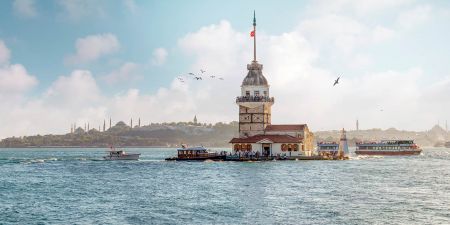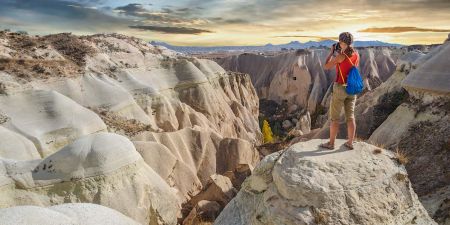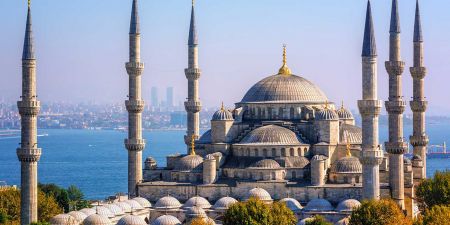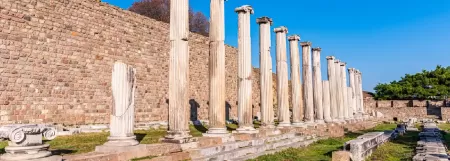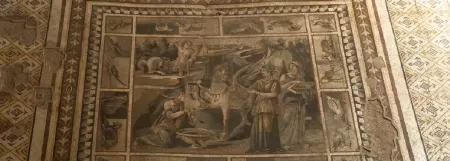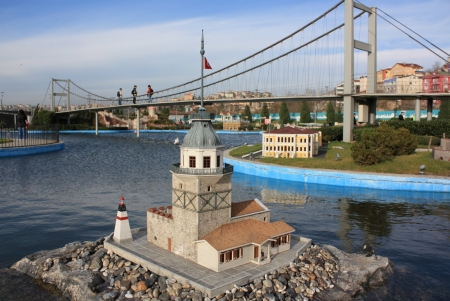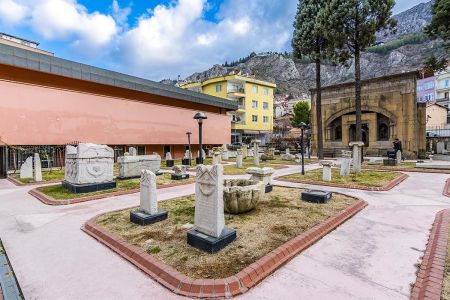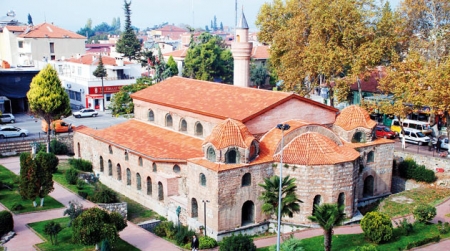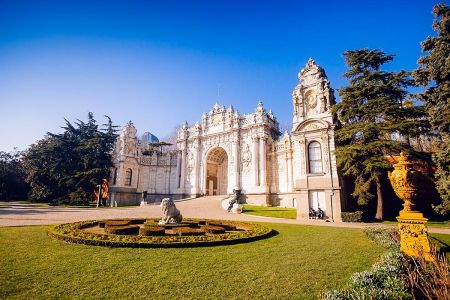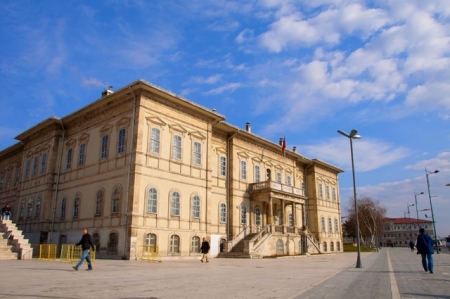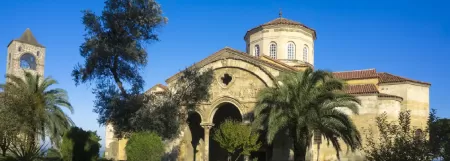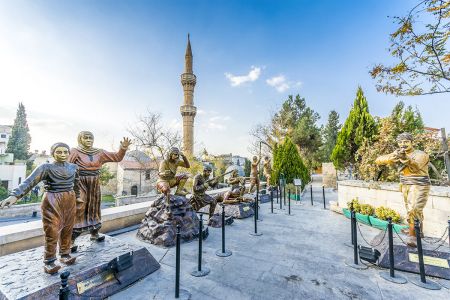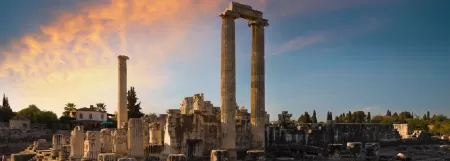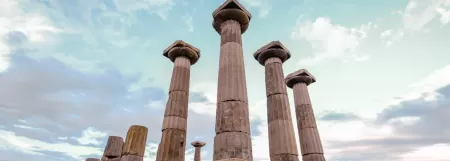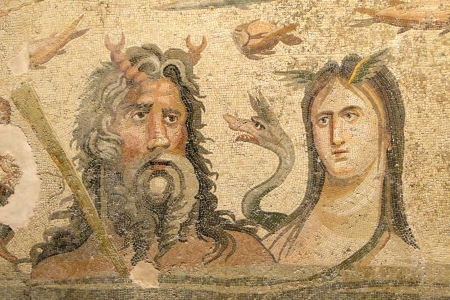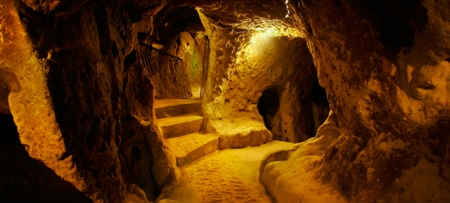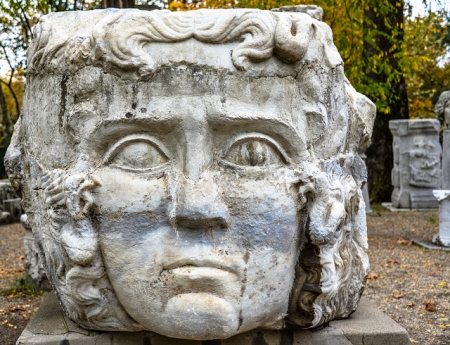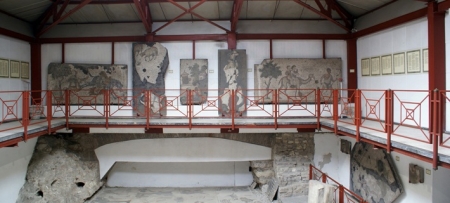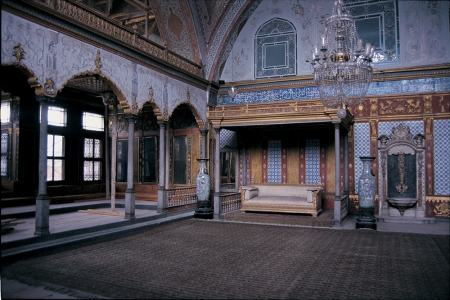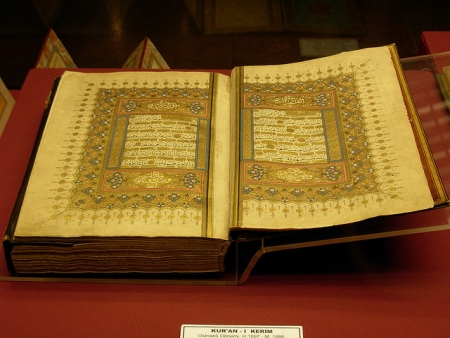Hatay Archeology Museum of Turkey
Archaeological excavations in Antakya began in 1932, uncovering a diverse collection of cultural and historical artifacts dating back to the 4th millennium BC.
.webp)
Archaeological excavations were started for the first time in 1932 in Antakya (Antioch), and through those excavations, various cultural and historical documents of a wide range of periods from the 4th millennium until today have been collected.
Because of the great variety and number of works found in the first years of the studies, the establishment of a museum in Antakya was decided upon at the request of M. Prost, Antiquities Inspector, working in Hatay (Antakya), which was under the French domination. Today, the museum stands as one of the most significant Turkey museums, showcasing a remarkable collection of artifacts that highlight the region’s rich cultural.
History of Hatay Archeology Museum
The plan prepared in compliance with the modern museum understanding was applied in 1934. In the museum, whose construction was completed in 1939, works found in three different scientific excavations are exhibited.
In 1939, when Hatay was integrated into the motherland, Turkey, the museum building was completed, and the works discovered in the excavations were stored there. The museum was opened to the public on July 23rd, 1948, the day of independence of Hatay.
Alongside its numerous items on display, the museum's rich mosaic collection draws much attention. The additional building was completed at the end of 1973 and opened to service after the considerable renovation.
This way, the number of exhibition halls has been increased from five to eight. Since then, the facilities exhibiting the unique Hittite and Assyrian artifacts and relics have acquired contemporary value.
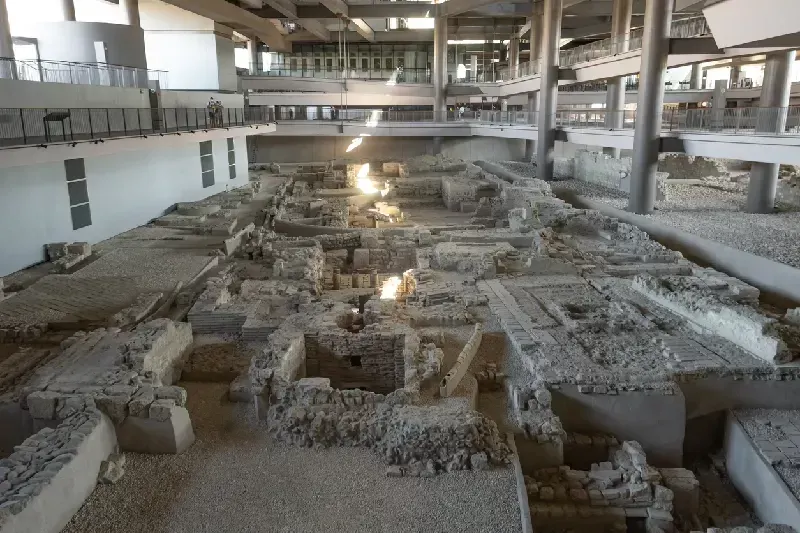
Uncovering Hatay Archeology Museum
This incomparable museum contains one of all the world's finest collections of Roman and Byzantine mosaics, covering a period from the first century AD to the 5th century. Many were recovered almost intact from Tarsus or Harbiye (Daphne in ancient times), 9km to the south. Antakya is one of the must-visit attractions in Turkey, offering a rich blend of history, culture, and archaeology.
The entire collection from the old museum within the center of Antakya has been moved to purpose-built just out of town on the D430 to Reyhanli. The museum is positively enormous, covering 19 halls and nowadays difficult to navigate. Among the museum's highlight pieces (most found in Room 7) are the full-body mosaic of Oceanus & Thetis (2nd century) and also the Buffet Mosaic (3rd century), with its depictions of dishes of chicken, fish, eggs and bread. Thalassa & the Nude Fishermen (5th century) shows children riding whales and dolphins, while the fabulous 3rd-century mosaics of Narcissus & Echo and also the Drunken Dionysus depict stories from mythology.
Among the museum's quirkier collections are the happy humpback, the black fisherman, an overweight child Hercules strangling two snakes, and our favorite: the mysterious portrayal of a raven, a scorpion, a dog, a snake, a centipede, a rat, and a pitchfork attacking a nazar (evil eye). Along with mosaics, the museum also showcases artefacts recovered from various mounds and tumuli (burial mounds) within the area, including a Hittite mound near Dörtyol, 16km north of İskenderun, and a Palaeolithic-era cave called Üçağızlı Mağarası near Samandağ.
Taking pride of place within the collection is that the so-called Antakya Sarcophagus (Antakya Lahdi), a spectacularly carved marble tomb from the 3rd century with an unfinished reclining figure on the lid.
Customize Your Dream Vacation!
Get in touch with our local experts for an unforgettable journey.
Plan Your TripThe World-Famous Mosaic Collection
One of the attractions of the museum is its large Roman and Byzantine mosaics collection, rated among the world's finest. These beautiful pieces of art, created between the 2nd and 5th centuries AD, depict a mix of mythological, mundane, and natural subjects. Some of the standout pieces include the Buffet Mosaic, depicting elaborate food arrangements, and the Oceanus and Tethys Mosaic, depicting the sea god Oceanus and goddess Tethys.
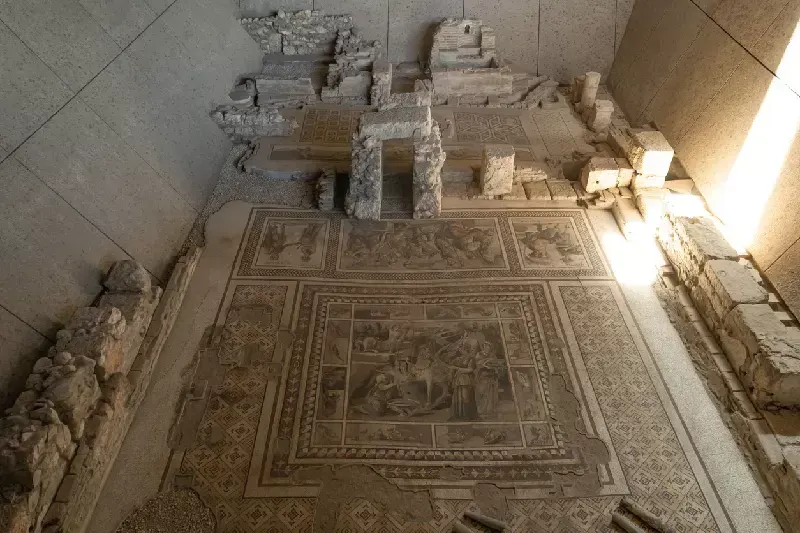
The Museum’s Modern Facilities
The current museum building, inaugurated in 2014, boasts a contemporary design with spacious exhibition halls, interactive displays, and educational sections. The facility is designed to provide an immersive experience, allowing visitors to engage deeply with the artifacts and the history they represent.
Planning your Visit to Hatay Museum Antakya
Opening Hours
The Hatay Archaeology Museum is visited throughout the year, with standard opening hours between 8:30 AM and 5:30 PM, although these are liable to be altered during public holidays or other festivities. It is always advisable to check with local tourist offices or the official museum website for latest timetables prior to planning your visit. Visitors who want to learn more about the exhibits can go on guided tours that will be an additional cost but are well worth the extra fee because they provide in-depth information about the museum's vast collection of artifacts.
How to Get There
It is located in Antakya, Hatay, and is easily accessible via a variety of transport means. For visitors arriving from outside the city, the nearest airport is Hatay Airport (HTY), which is approximately 25 km from the city center of Antakya. From the airport, tourists can take a taxi, private shuttle, or hire a car to reach the museum within 30 minutes. If you're arriving from the other big Turkish cities, buses between cities constantly connect Istanbul, Ankara, and Gaziantep to Hatay's central station, from where dolmuş (city minibuses) or taxi can drop you directly to the museum. When arriving from proper Antakya, the museum is in a central location and can be accessed easily by city buses, taxis, or foot if you've got a hotel in the center of the city.
Nearby Attractions
A trip to the Hatay Archaeology Museum can be followed by visiting some of Antakya's most well-known attractions. Just 9 km south of the city stands the stunning Harbiye Waterfalls, an oasis of waterfalls and greenery and remains of the old city of Daphne. Legend has it that this was where the Greek god Apollo was thwarted in his advances on the nymph Daphne who fled by being transformed into a laurel tree. Today, the location is famous for its picturesque walking trails, traditional restaurants, and peaceful environment, which provides a perfect spot to relax after a trip to the museum.
Another location to see is the St. Pierre Church, which is among the world's oldest Christian shrines. The cave church, which is hewn out of a mountain and credited to Jesus' disciple, St. Peter, has long been a pilgrims' pilgrimage target. Its place in early Christian history and breathtaking location are an experience not soon to be forgotten for aficionados of Christian history.
For those interested in experiencing local culture, Antakya Old Town is a fascinating place to go. With its curving, narrow streets, Ottoman houses, and bustling bazaars, the old town is a vibrant blend of history and tradition. Tourists may walk along spice-filled markets, taste Hatay-style cuisine at traditional eateries, or marvel at architectural wonders such as the Habib-i Neccar Mosque, which is Turkey's oldest mosque. All of these in tandem offer an all-around experience that supplement the journey through history at the Hatay Archaeology Museum.
FAQS
Q1. What makes the Hatay Archaeology Museum unique?
The Hatay Archaeology Museum is famous for its Roman and Byzantine mosaics, among the finest in the world. It also houses artifacts from the Hittite, Persian, and Ottoman eras, along with the Antakya Sarcophagus, a remarkable 3rd-century marble tomb.
2. Where is the Hatay Museum Antakya located, and how can you get there?
Located in Antakya, Hatay, Turkey, the Hatay Museum Antakya is accessible via Hatay Airport (HTY), 25 km away. Visitors can use taxis, shuttles, rental cars, or local buses and minibuses to reach the museum.
Q3. What types of artifacts are displayed at the Hatay Archaeology Museum?
The Hatay Archaeology Museum exhibits mosaics, sculptures, coins, and pottery from the Paleolithic to Ottoman periods. Excavation finds from sites like Tell Atchana, St. Pierre Church, and Harbiye (Daphne) also highlight the region’s rich history.
Q4. What attractions can visitors explore near the Hatay Museum Antakya?
Near the Hatay Museum Antakya, visitors can explore the Harbiye Waterfalls (9 km away), the St. Pierre Church, one of the first Christian churches, and Antakya Old Town, known for its bazaars, Ottoman houses, and delicious Hatay cuisine.


